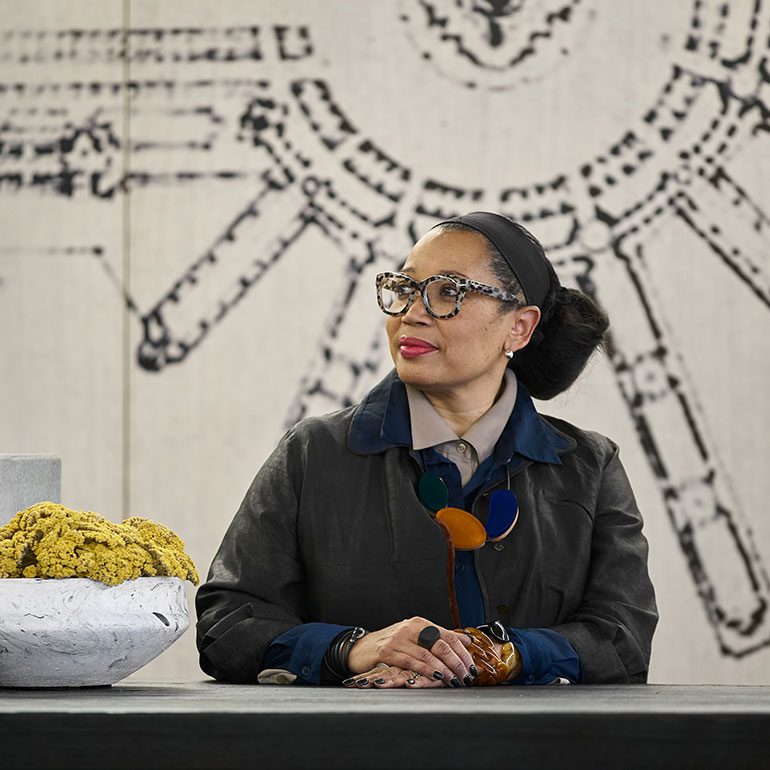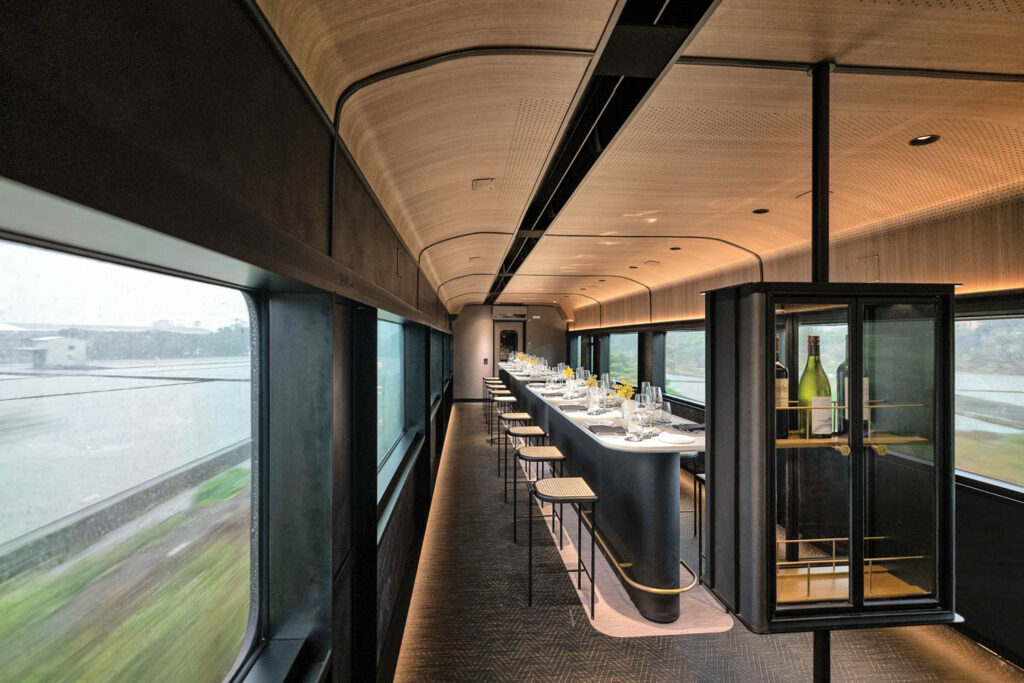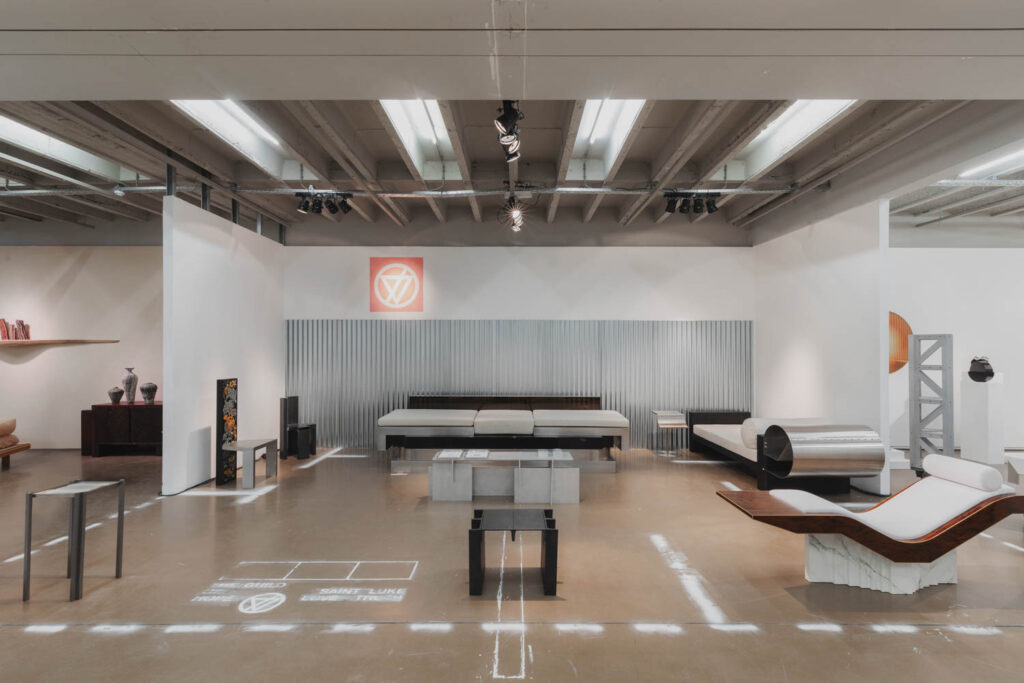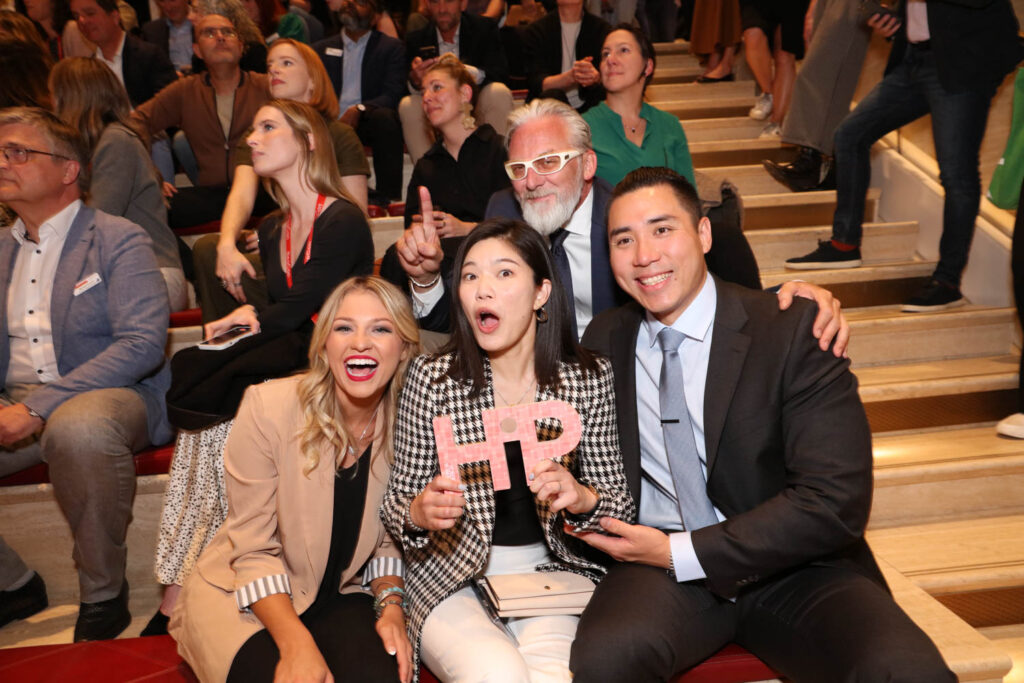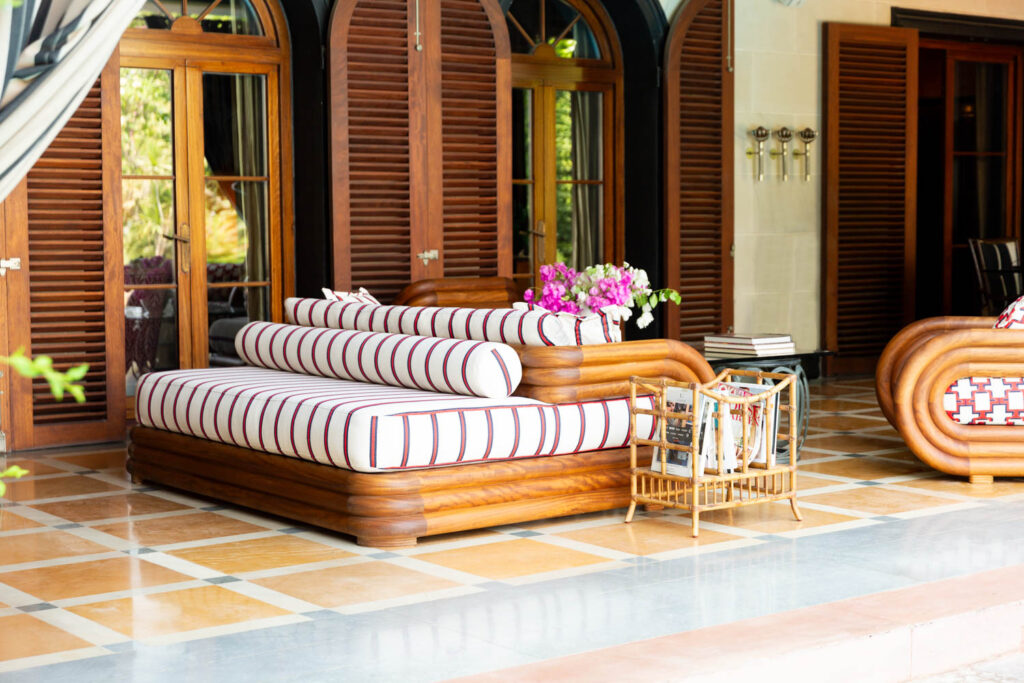
10 Questions With… IIDA’s Ronnie Belizaire
In 2005, Ronnie Belizaire joined IIDA as a student member. Almost twenty years later, she is its president of 2023-2024 Board of Directors. In those two decades, she graduated from Florida State University’s design school, became a project manager at Gensler’s Atlanta office and then vice president at JLL—all while continuing to serve the organization as IIDA Georgia Chapter President from 2013-2014, IIDA Foundation Chair from 2017-2019, and FIIDA Vice President from 2019-2023. Today, Belizaire is an independent design consultant with a global portfolio, and a champion of IIDA efforts like its Design Your World pipeline program to teach design skills to students in historically underserved communities and create career pathways for them in the commercial interior design industries in Chicago and across the country. Belizaire recently chatted over email with INTERIOR DESIGN to talk about her new position, IIDA’s role in creating and sustaining more equitable workplaces, and her belief in futurism.
Ronnie Belizaire Offers Insights on the Future of Design
INTERIOR DESIGN: When did you notice that the world around you was designed, and you could design it too?
Ronnie Belizaire: The first time was during my junior year in college. My friend and I had moved into a new townhouse, and I was trying to get my queen bed up the stairs, which was nearly impossible. I said to myself, “Why was the house built in such a way that you wouldn’t be able to fit a bed up the stairs?” It brought to light the impact design truly has on functionality and livability.
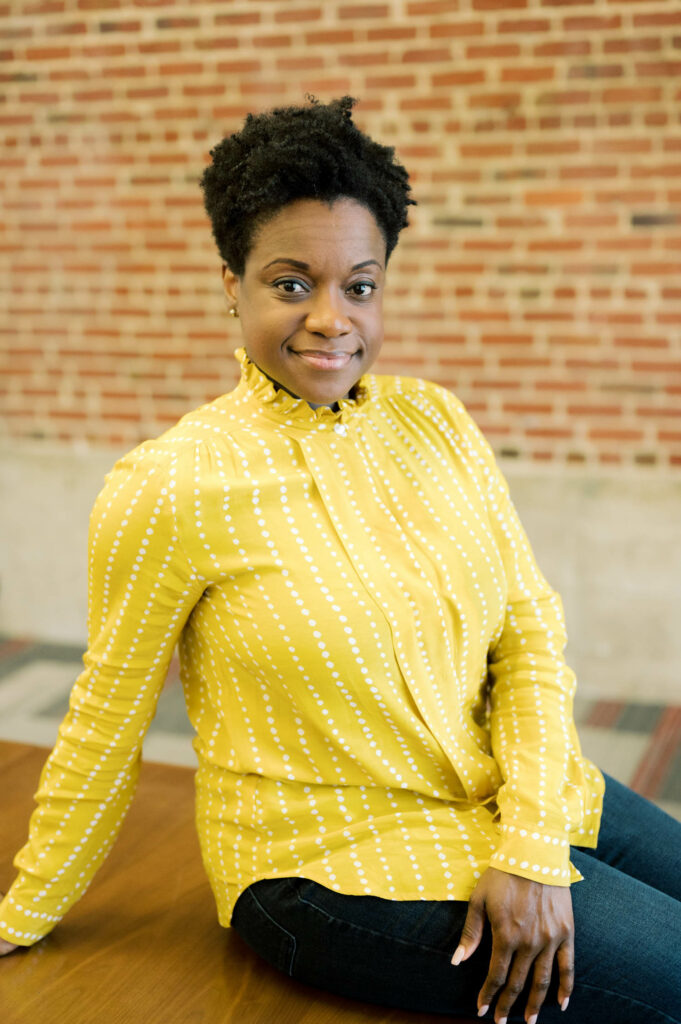
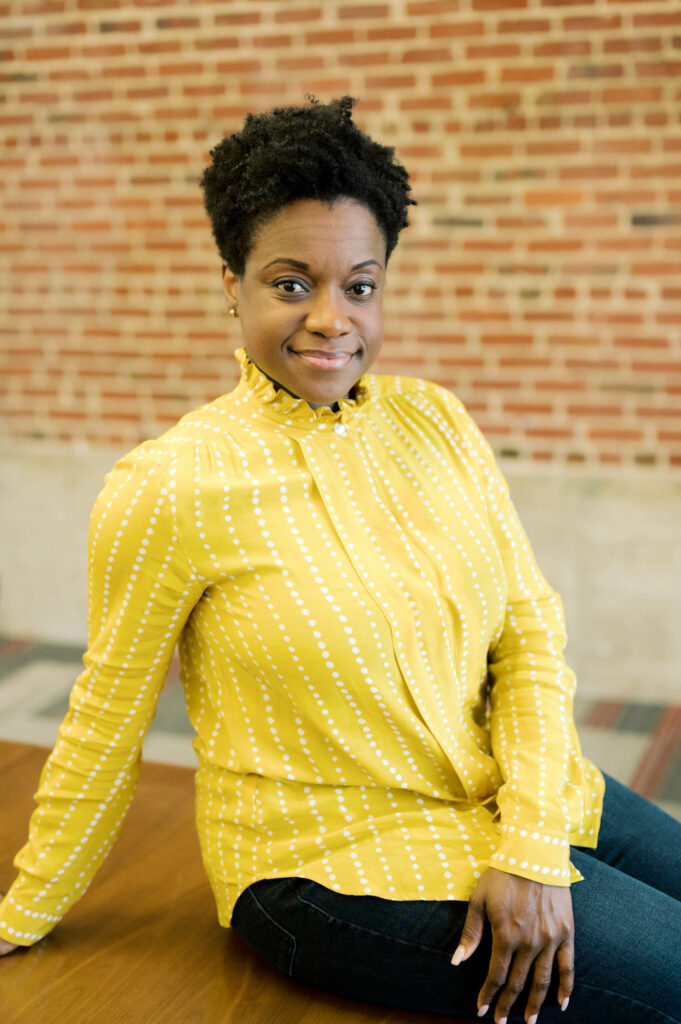
ID: Did you have any mentors in school or in the industry?
RB: Once I started my career, I collected people along the way. What’s interesting is that I have fully allowed for those that have served as mentors for me to organically fall into place. One of whom was Cheryl Durst, which happened very naturally when my graduate student advisor suggested we meet. Connecting with her became an ‘aha moment’ for me, where it was clear that there was a place for me in design. We’ve remained in touch over the course of various moves and she continues to be a great mentor and friend. Stephen Swicegood was another mentor who worked with me at Gensler’s Atlanta office. We both had a certain level of respect for each other—even though he was managing director of the office. That relationship blossomed and he’s been a champion of mine and friend since then.

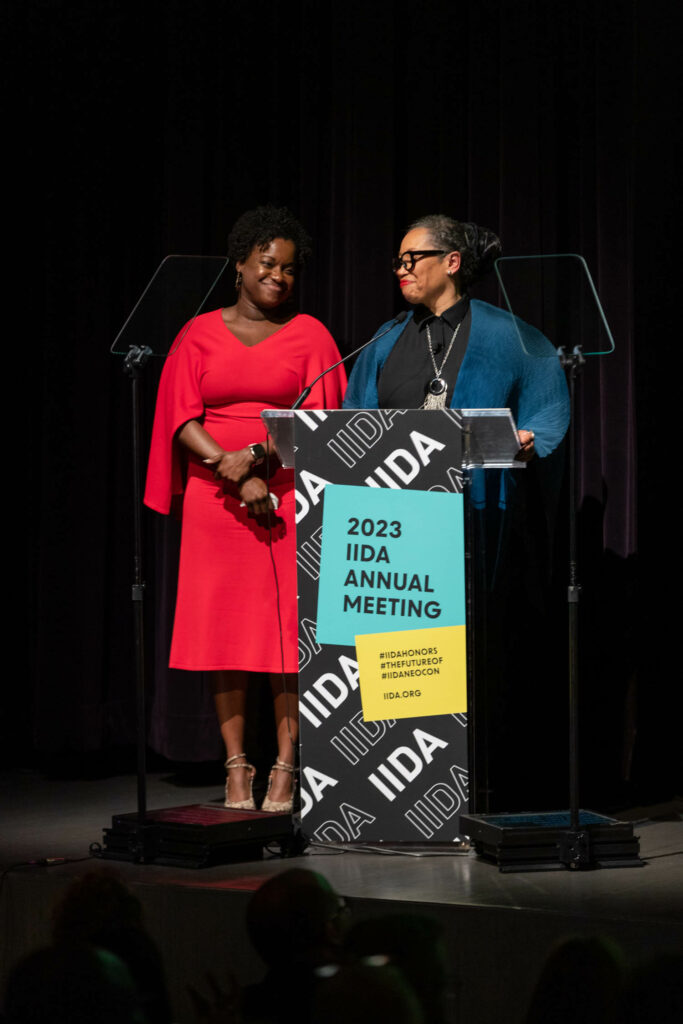
ID: You’ve completed a number of Fortune 500 offices during the Covid pandemic. How is office design shifting?
RB: Before the pandemic, it was known industry-wide to make offices transparent, open, driven by natural light, etc. Covid reshaped our ideologies about what the workplace is meant to be and proved to be an exercise in how important the mechanical systems and indoor/outdoor air quality is. It made us consider how we exhaust bad air out and bring good air back in.
We also realized it wasn’t really space that impacted how people felt, but rather the people who encompass that space. People are far more important than the space itself. It’s made us more conscious of whether the space is authentic to the end user and equitable to all who pass through it. People need to come to an office where they feel seen and safe, a space that ultimately speaks to the psychology of the people who work there. The companies that do a really good job of creating a safe space for employees infuse belonging into the overall design scheme. I now consult on design and think all-inclusive spaces such as multi-faith and wellness rooms are more imperative than ever.
ID: What do you think offices should be doing more of, in terms of reasons to return?
RB: Recognizing and celebrating all the various people and the cultures and customs that they bring to the workplace.
For example, I used to work for a German company and they hosted a Diwali celebration in the office, which goes beyond our Euro-centric views of holidays in the U.S. It was so special that it was celebrated in the office versus just acknowledging that people celebrate it at home. Organizations are going to need to create environments that make people feel seen. It’s about crafting spaces that provide a sense of who people are vs. one-size-fits-all solutions.
ID: Could you tell us about the Design Your World pipeline program?
RB: It’s amazing that Design Your World (DYW) has the momentum it has now, growing from one city to three cities. What DYW has done is provide underrepresented groups access to design and provide the understanding that they can be designers. It goes beyond the physical space: they know they can now create experiences for people through the built environment. The power of unlocking design thinking can really apply to any industry. The world is their oyster. The more people that return from the original program installment, the more we’ll be able to understand how this “experiment” worked. They now have the opportunity to impact the world they function and operate in.

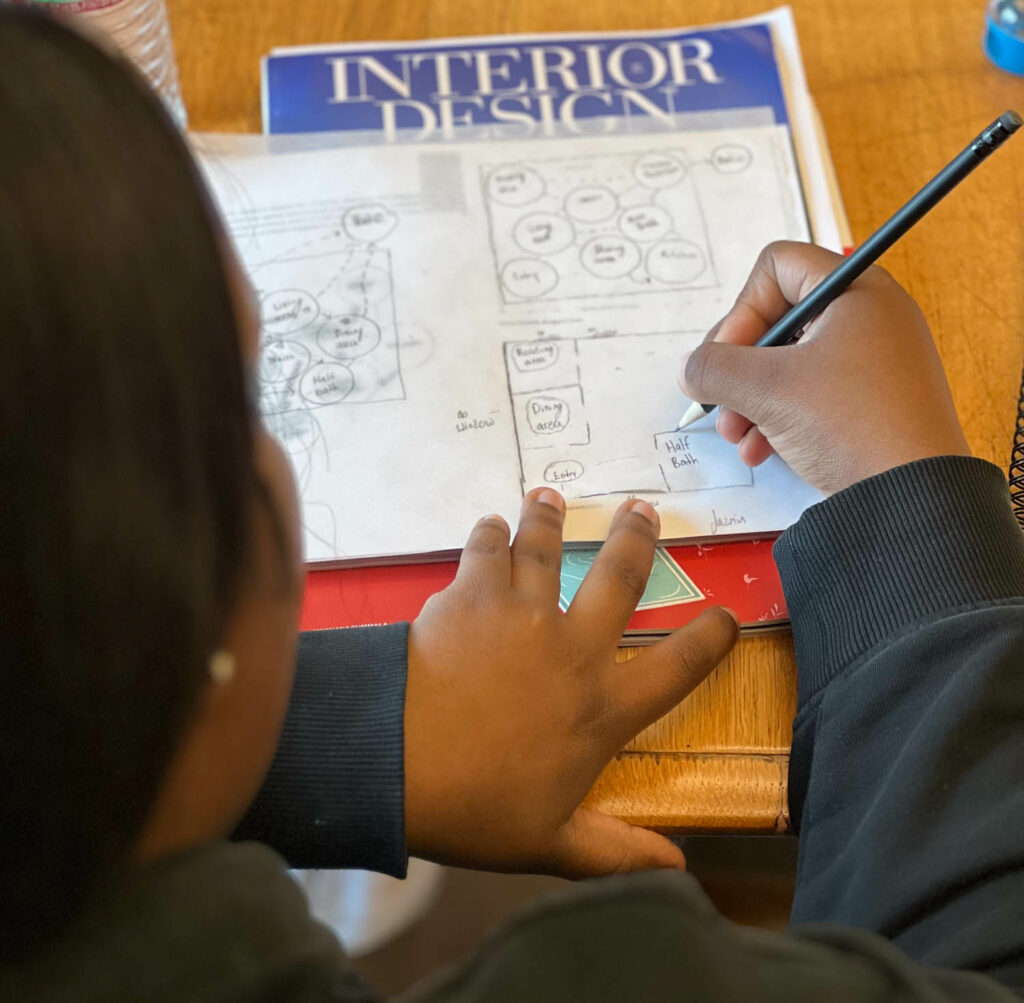
ID: The IIDA Inaugural Demo Survey was released this year. How has IIDA committed to prioritizing Equity, Diversity and Inclusion initiatives?
RB: What the survey did was validate what we anecdotally could see. Now we have the data to reveal to people why we need to prioritize EDI. It showed the disparaging numbers of how this particular industry is lacking or falling behind, and where we could be. I’m a Libra, so I’m quite balanced in my thinking. To me, it should be as simple as fighting for a mirror of what our society’s general population make-up is in our profession—then, we’re all winning.
Additionally, IIDA launched the Equity Council two years ago in response to societal angst as it relates to racial inequality. Now, the Equity Council is also taking a step back to understand how to build an effective model that creates equitable opportunities for all. We understand that equity should pay attention to physical disabilities, gender nuances, neurodiversity, etc., all while acknowledging racial equity is paramount. We want everyone to feel like they belong in this profession. So it’s embedding that mindset to create spaces where everyone feels uniquely wanted.
ID: In 2020, some of the architecture and design community called for a reckoning around issues of racial justice. Have there been successes in that reckoning? How do we encourage more?
RB: The racial reckoning around the murder of George Floyd occurred while everyone was at home watching it from their television screens. The life that was lost wasn’t in vain because it caused the whole world to pay attention and not just go about life. A lot of companies received pressure around their stance and a lot of people put out statements that felt inauthentic. For some companies, EDI roles came and went. But for others, it was already a key initiative and they were able to put more backing behind it. Many firms started to recognize where they may have been lacking, e.g. their recruiting practices, and what schools and design programs that were being considered.
We still have a long way to go, including on the manufacturing side. Numerous firms are still focused on the visual way their offices look versus paying attention to the professionals working there to ensure they enter the workforce and feel seen, prepared, and have opportunities for growth.

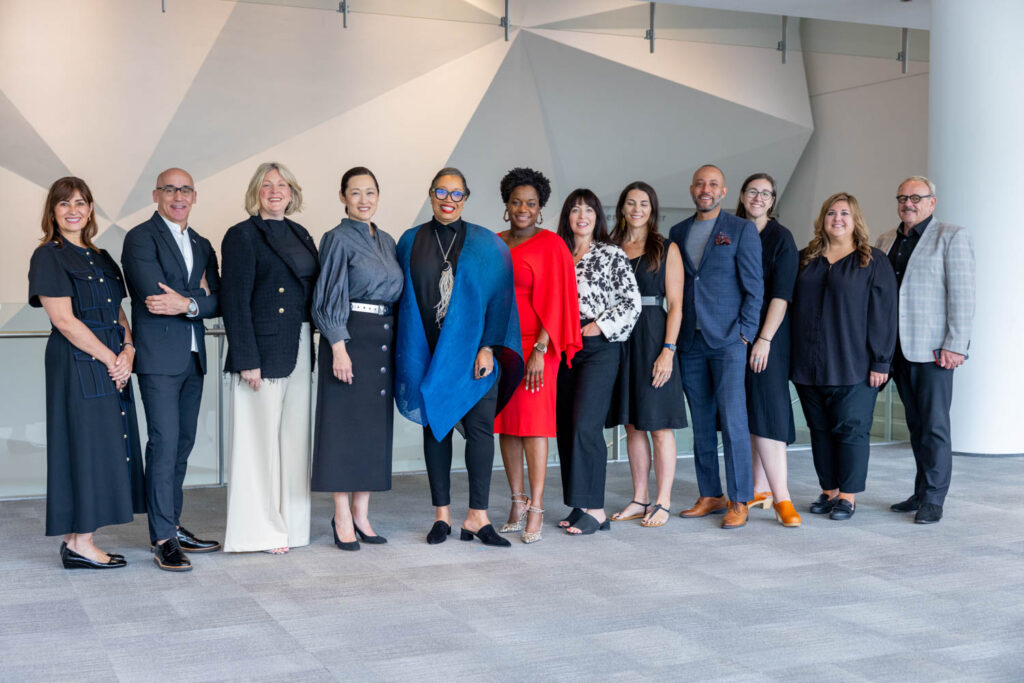
ID: Next year is IIDA’s Pearl Anniversary. How do you think the organization has changed over the past three decades?
RB: The first decade was about how to get multiple organizations under one umbrella to walk as one. Cheryl came on board about three to four years in and did wonders in helping disparate groups of members to operate and work as one. The second decade turned into: How do we scale and grow in a way that is organic and feels like it has the ability to last a lifetime? The recession of 2007 left a damper on things, and we were forced to reinvent what interior design is and can be, as a a profession. It went beyond survival mode, but gave the organization the opportunity to understand how to evolve, especially with leadership shifts.
The third decade brought Covid into play. We were plugging away and growing post-recession, but people were questioning the importance and effectiveness of an organizational membership. Now at the onset of this third decade, IIDA is facing the fact that outside parties or associations continue to attempt to replicate our efforts. While it is a strange time, IIDA has always done a great job of forging ahead and creating a sense of community. We look forward to continuing to do that. While the organization itself is important, it’s really the community that brings people back to that sense of belonging.
ID: What are some of the areas and initiatives you think IIDA should focus on in the coming years?
RB: One of the big things is sustainability. While we highlight it, we—as an organization—could be doing more to champion it. The built environments that we impact have to find a way to influence a circular notion and make reuse a part of the story. IIDA can champion that through thought leadership and research. One other area that is here to stay is AI. It is our responsibility to support research around how designers can use AI (albeit with care) to amplify designers’ work and create efficiencies versus being afraid of it replacing us.
ID: What does the idea of “Futurism” mean to you, and to IIDA, and why is it important?
RB: As designers, we’re always thinking about the next thing. So in a distinct way, we already function as futurists. We execute based on how people will use a space in the future. It’s about aligning to this notion that we can use design thinking to create a blueprint to charge forward. We’re seeing that it’s the creativity attached to what we do daily that can speak to how the built environment and space are used in the future.

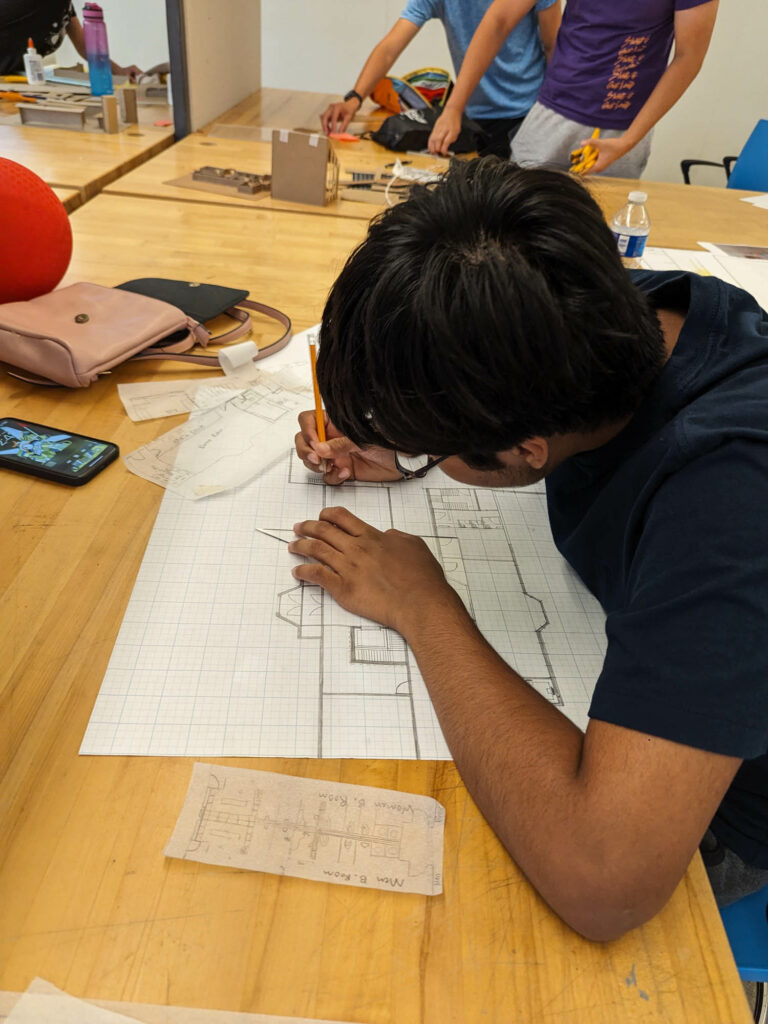


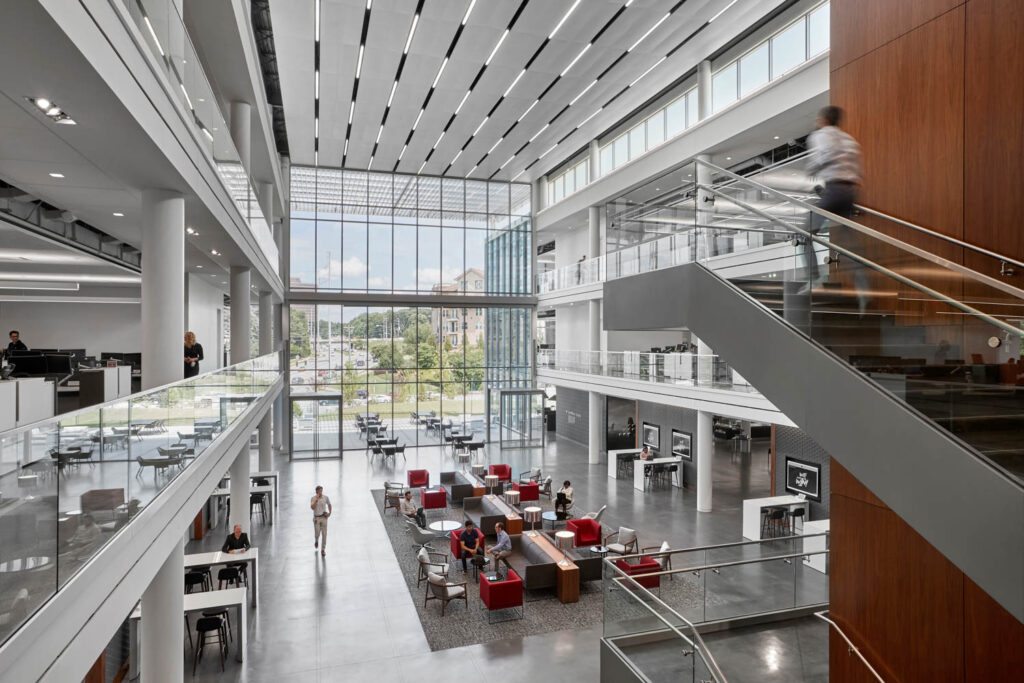
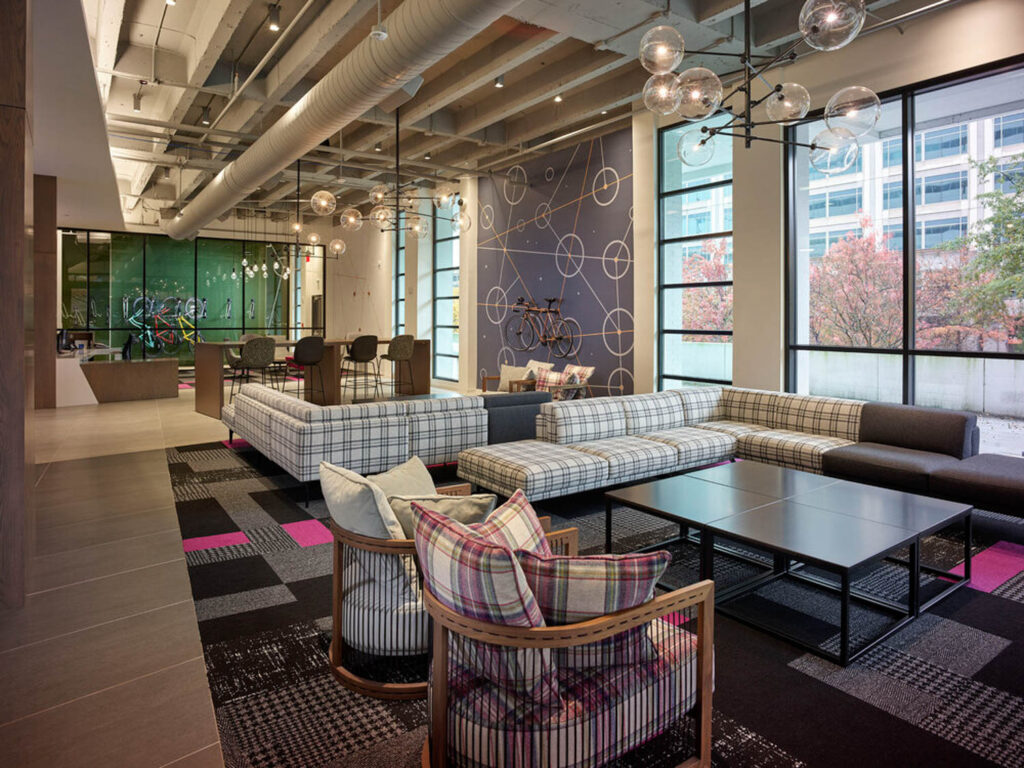

read more
DesignWire
Black Design Leaders Outline Needed Change During Novita’s Diversity in Design Panel
This past week was tumultuous. As people rallied in support of racial equality across the globe, thoughts and emotions were brought to the forefront that had long been seething for members of the black community. In the …
DesignWire
10 Questions With… IIDA’s Cheryl Durst
Full disclosure: Interior Design relishes any opportunity to catch up with Hall of Fame member Cheryl Durst. Officially the Executive Vice President and CEO of the International Interior Design Association…
DesignWire
Toast IIDA’s Annual Design Competition Winners at NeoCon
See the 2023 winners of IIDA’s annual design competition, then join the celebration in Chicago on June 11 at IIDA’s black-tie gala to kick off NeoCon.
recent stories
DesignWire
6 Design Highlights From Collectible Brussels 2024
From whimsical outdoor pieces to chromatic bronze furniture made of tiny finger-like bits, here are six highlights from Collectible Brussels 2024.
DesignWire
Are You Interior Design’s Next HiP Awards Winner? Submit Today
Submissions are open for Interior Design’s 11th annual HiP Awards, honoring product innovation and impactful creatives throughout the design industry.
DesignWire
10 Questions With… Lina Alorabi
For Lina Alorabi, one of Cairo’s dazzling designers, design isn’t just about making something beautiful, it has to be impactful. Learn more about her work.


